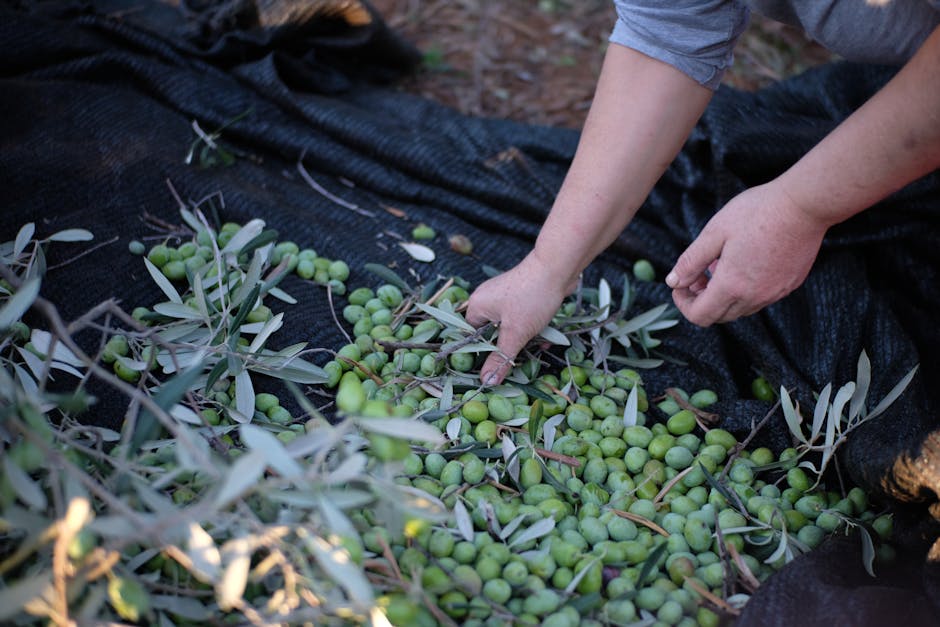Agriculture’s evolution has witnessed a burgeoning interest in organic farming practices. Driven by consumer concerns regarding food safety and environmental sustainability, a significant debate surrounds the nutritional superiority of organically produced food compared to conventionally grown produce. While proponents often claim superior nutritional value, a comprehensive assessment demands a nuanced examination of available scientific evidence. This analysis delves into the complexities of nutrient content, pesticide residues, and potential environmental benefits to provide a balanced perspective on the question of superior food quality.
A common assertion supporting organic farming is its enhanced nutrient content. Studies comparing organically and conventionally grown fruits, vegetables, and grains have yielded mixed results. Some research indicates higher levels of certain antioxidants, such as vitamin C and polyphenols, in organic produce. These compounds are associated with various health benefits, including reduced risk of chronic diseases. However, these differences are often small and not always consistent across different studies or types of crops. Factors such as soil type, climate, and farming practices within both organic and conventional systems significantly influence nutrient concentrations, confounding attempts to establish a clear-cut superiority. Moreover, the bioavailability of these nutrients their actual absorption and utilization by the body remains a crucial yet often overlooked aspect. While organic produce might contain higher concentrations of certain nutrients, this doesn’t automatically translate to improved health outcomes if the bioavailability is not significantly enhanced.
Pesticide residue levels present another crucial comparison point. Conventional farming relies extensively on synthetic pesticides to control pests and diseases, whereas organic farming utilizes a range of alternative methods, including natural pest control and crop rotation. Consequently, organically grown food generally displays lower or undetectable levels of pesticide residues. This aspect is a significant factor for consumers concerned about potential health risks associated with pesticide exposure, especially for vulnerable populations like children. However, the potential risks associated with synthetic pesticide residues are subject to stringent regulations and monitoring, minimizing the likelihood of harmful exposure for consumers under the existing legal frameworks. It is crucial to consider the potential risks associated with each approach, rather than solely focusing on the presence or absence of detectable pesticide residues.
Environmental impact significantly influences the overall assessment of food quality. Organic farming emphasizes environmentally friendly practices such as reduced reliance on synthetic fertilizers and pesticides, minimizing soil erosion, and promoting biodiversity. These practices contribute to improved soil health, reduced water pollution, and decreased greenhouse gas emissions, aligning with sustainability goals. Conventional farming, while often more productive in terms of yield per unit area, can contribute to environmental degradation through the use of synthetic inputs and intensive practices. However, advances in precision agriculture and sustainable intensification techniques within conventional farming are actively addressing these environmental concerns, blurring the lines of a simple comparison. The overall environmental impact depends on a multitude of variables, including geographical location, specific farming practices, and crop type, rendering simple generalizations inaccurate.
Beyond nutrient content and pesticide residues, the sensory attributes of food, such as taste, aroma, and texture, are often cited as indicators of superior quality. Anecdotal evidence suggests that many consumers perceive organically grown products as possessing superior taste and texture. However, scientifically rigorous studies comparing these sensory attributes have yielded mixed results. Consumer preference can be influenced by factors beyond the inherent qualities of the food, including perceived health benefits and price, making it difficult to disentangle these influences.
In conclusion, determining whether organic farming offers unequivocally superior food quality is not straightforward. While organic produce often exhibits lower pesticide residue levels and may contain higher concentrations of certain antioxidants, the magnitude of these differences is often small and inconsistent across studies. Moreover, the bioavailability of nutrients and the overall environmental impact are complex considerations that necessitate a holistic perspective rather than a simplistic comparison. The choice between organic and conventionally grown food ultimately depends on individual consumer priorities, weighing factors like health concerns, environmental considerations, and budgetary constraints. Both systems offer viable options for food production, and advancements in sustainable agricultural practices are continually refining both approaches. A well-informed consumer should carefully consider the available evidence and their personal preferences when making informed purchasing decisions. Future research should focus on standardized methodologies and larger-scale studies to provide a more definitive understanding of the nuanced differences between organic and conventional food quality.
